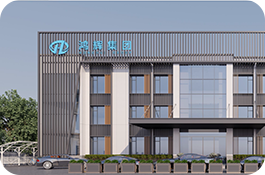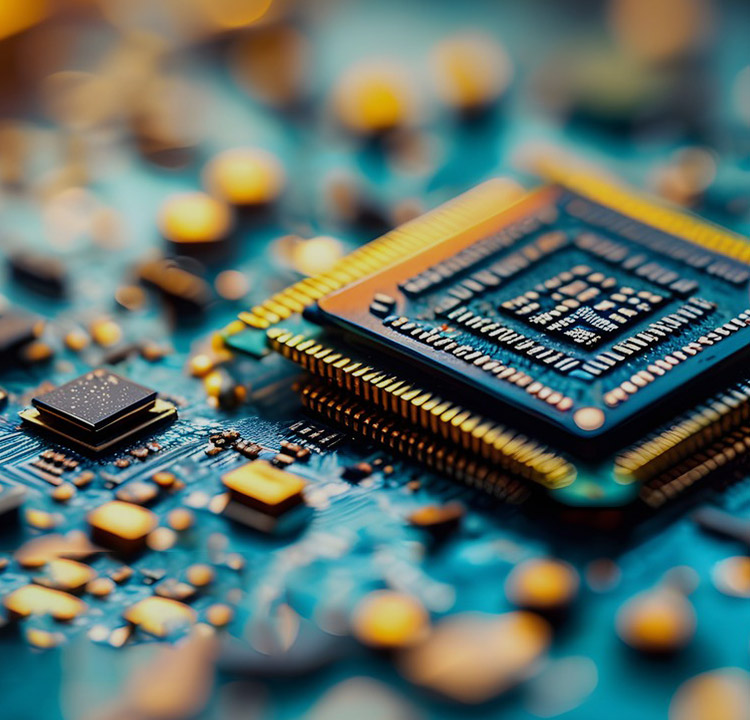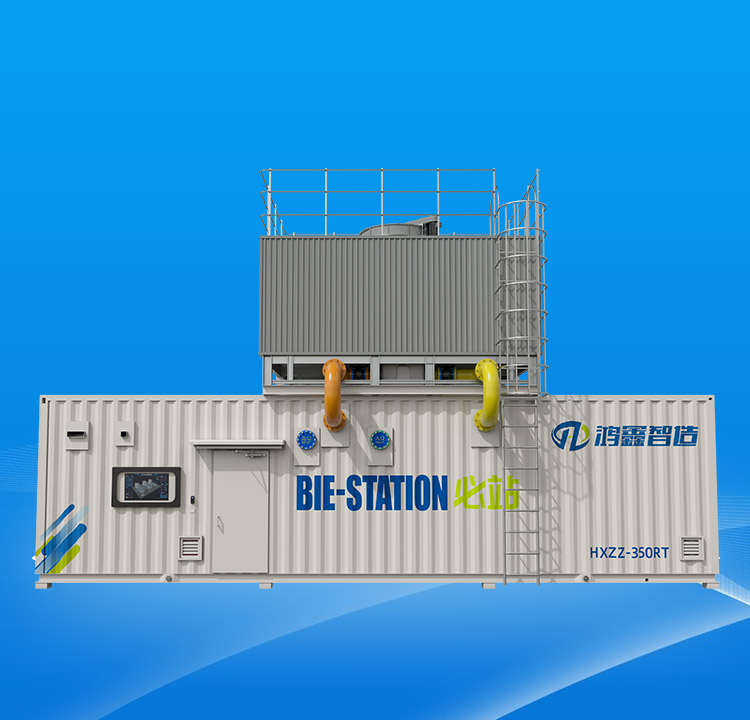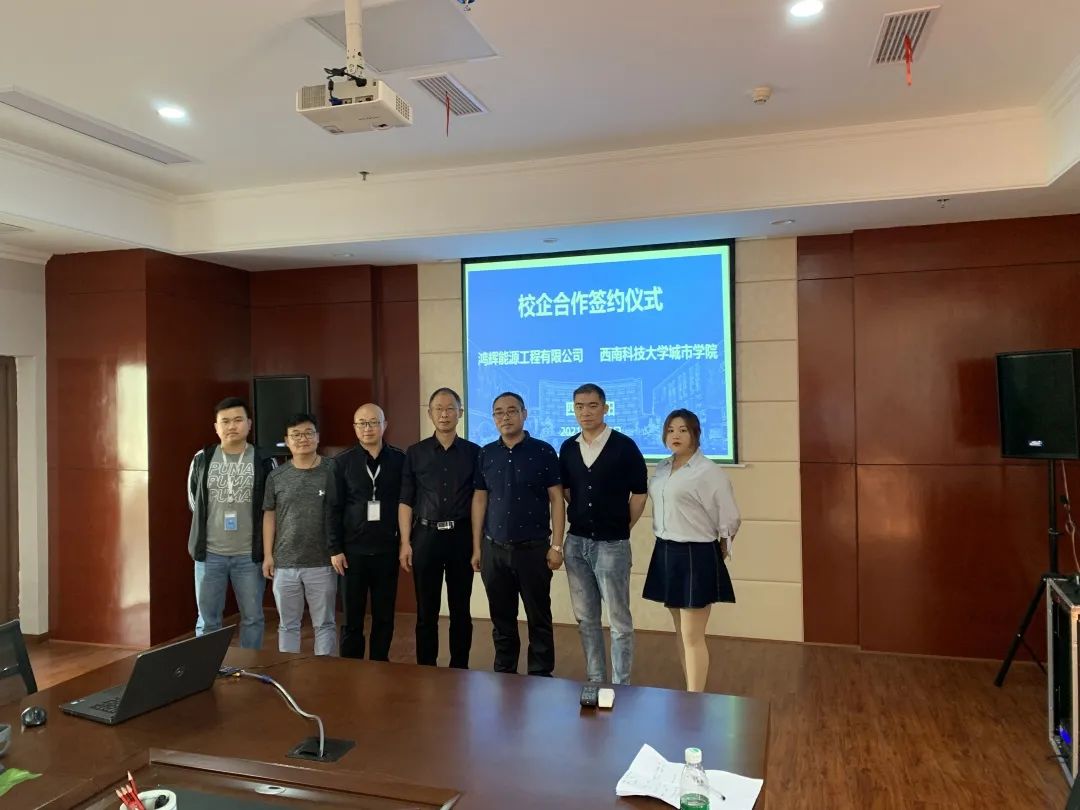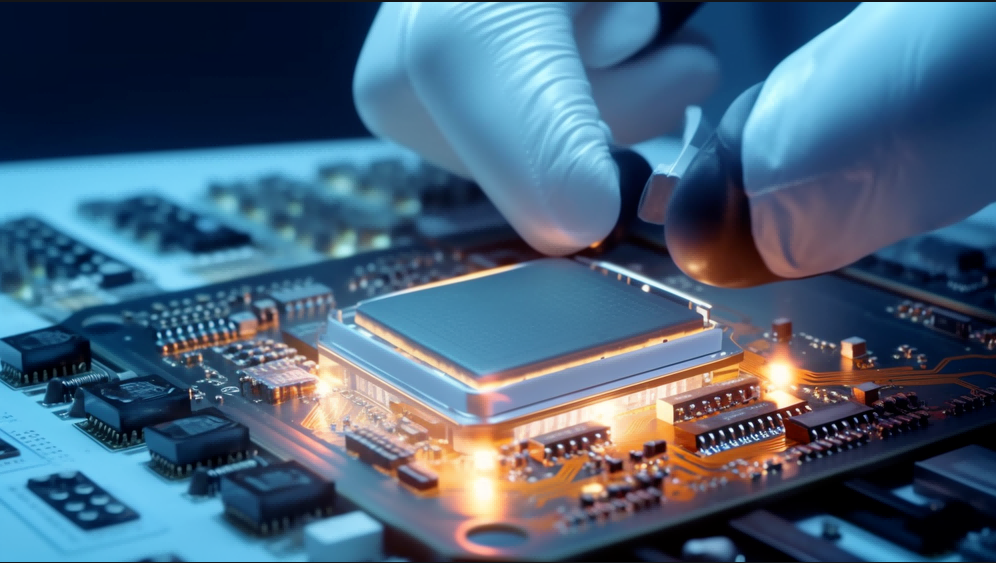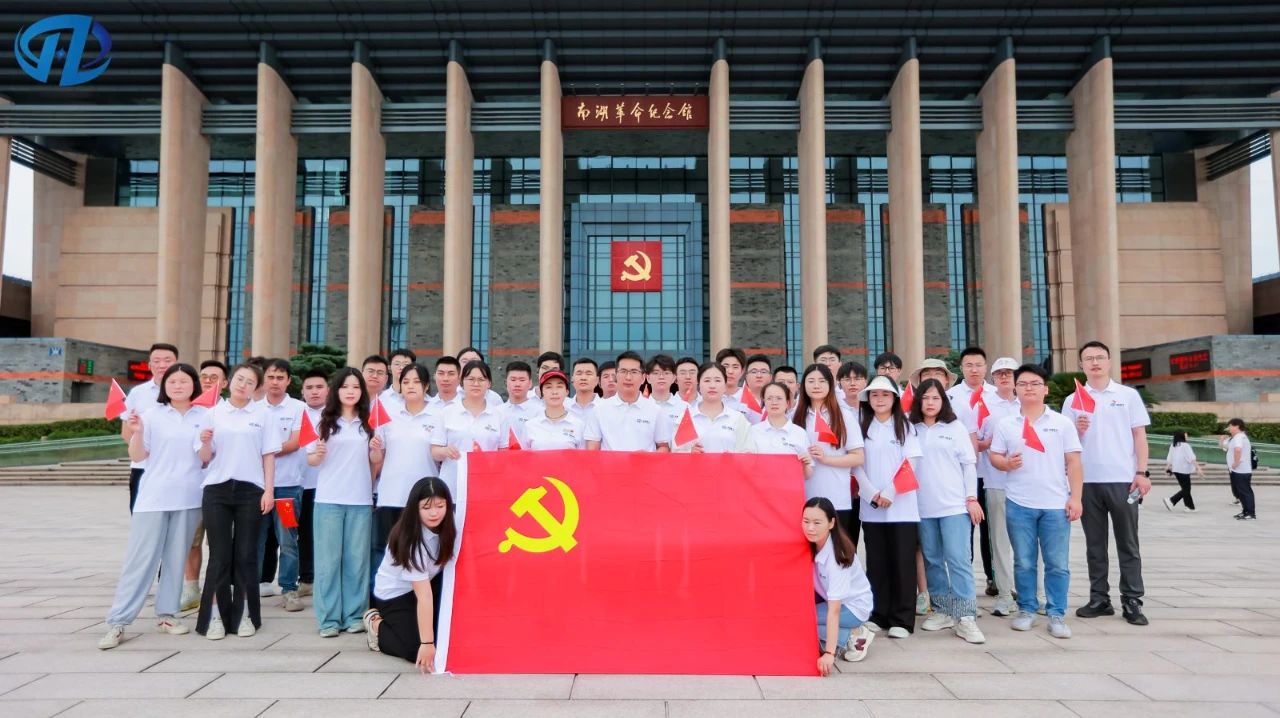Continue and optimize the policy of vehicle purchase tax exemption for new energy vehicles to stimulate consumption potential——
"Sustainability" for the development of new energy vehicles
The State Council executive meeting held on June 2 pointed out that new energy vehicles are the main direction of the transformation and upgrading of the automobile industry, and there is a very broad space for development. In order to further release the consumption potential of new energy vehicles, the meeting proposed to consolidate and expand the development advantages of new energy vehicles and further optimize the industrial layout. At the same time, the meeting clearly continued and optimized the policy of vehicle purchase tax exemption for new energy vehicles.
The exemption policy is effective
The policy of exempting new energy vehicles from vehicle purchase tax has been implemented since September 2014. After its implementation, it has played a positive role in promoting new energy vehicle consumption and promoting the development of the new energy vehicle industry. It has been extended three times and will be implemented until the end of 2023.
The China Automotive Strategy and Policy Research Center (hereinafter referred to as "China Automotive Policy Research") stated that after the implementation of this policy, it will form a synergy with the new energy vehicle purchase subsidy policy, greatly reducing the purchase cost of new energy vehicles, and effectively helping my country's new energy vehicle industry to gain a first-mover advantage.
From the perspective of the implementation process, the policy of exemption from purchase tax sets technical requirements for new energy vehicle products and implements catalog management. Models that meet the technical requirements can be directly exempted from tax after being applied by the enterprise and reviewed by the competent department and included in the "Catalogue of New Energy Vehicle Models Exempted from Vehicle Purchase Tax". The implementation process is simple.
From the perspective of the implementation link, the policy of exemption from purchase tax is directly aimed at consumers, which is effective immediately in the purchase link, with high consumer perception and obvious effect in promoting consumption.
From the perspective of policy coverage, the policy of exemption from purchase tax is positioned as a general policy, and the technical requirements set by the policy are relatively low. Since the implementation of the policy, the market share of new energy vehicle models that have entered the catalogue of exemption from vehicle purchase tax has been generally high. According to the calculation of China Automotive Research Institute, the sales volume of new energy vehicles that enjoy exemption from vehicle purchase tax in 2022 will account for more than 99% of the market, and the policy will benefit a wide range of people.
From the perspective of fiscal investment, data from the State Administration of Taxation show that in 2022, a total of about 5.681 million new energy vehicles will enjoy the policy of exemption from purchase tax, with a total tax exemption of 87.9 billion yuan, which is close to 1:3 with the tax revenue of vehicle purchase tax in that year. According to the calculation of China Automotive Research Institute, the total tax exemption amount is expected to exceed 100 billion yuan in 2023.
Cui Dongshu, secretary-general of the National Passenger Car Market Information Joint Conference, said that the subsidy reduction has a significant impact on the new energy vehicle industry. The continuation and optimization of the vehicle purchase tax exemption policy for new energy vehicles will promote the further release of new energy vehicle consumption potential.
Industry development still faces challenges
China Automotive Research Institute pointed out that there are still "three major challenges" in the development of China's new energy vehicle industry, and policies need to continue to play a guiding role to promote high-quality development of the industry.
Market development faces the challenge of industry profit pressure. At present, my country's new energy vehicle industry is still in its early stages of development, and most new energy vehicle companies have not yet formed economies of scale. China Automotive Research Institute found that the loss of a single vehicle of traditional car companies is between 10,000 and 30,000 yuan, while that of new forces companies is about 40,000 to 120,000 yuan. Compared with traditional fuel vehicles, new energy vehicles have not yet formed cost competition and substitution advantages. According to statistics and analysis by China Automotive Research Institute, the cost of pure electric passenger vehicles in 2022 will still be about 20-30% higher than that of fuel vehicles of the same level. It is expected that by 2025, the purchase cost of new energy vehicles will still be slightly higher than that of fuel vehicles.
Industrial development faces the challenge of imbalance and insufficiency. my country's new energy vehicles have entered a new stage of rapid development on a large scale, with an overall market penetration rate of more than 25%, but there are still problems of uneven development of segmented markets and regional markets, and some scenarios and regions do not yet have the conditions for large-scale promotion of new energy vehicles. For example, in 2022, the market penetration rate of new energy vehicles in my country's passenger car field reached 27.8%, while that in the truck field was less than 10%; the sales of new energy vehicles in East China accounted for 41% of the national sales, while that in Northwest China and Northeast China was less than 5%.
In addition, industrial policies also face the challenge of implementing or increasing foreign policies, such as the United States and Japan increasing their tax incentives and support policies for electric vehicles, and Germany and the Netherlands clarifying the time for the decline of tax incentives.
"Overall, the extension plan announced this time is in line with the national industrial development goals and can effectively meet the needs of industry and enterprise development. It is conducive to the continued stable growth of my country's new energy vehicle market and further consolidate its first-mover advantage." China Automotive Research Institute said.
Consolidate and expand development advantages
According to data from the China Association of Automobile Manufacturers, from January to April this year, the production and sales of new energy vehicles exceeded 2.2 million units, with a market share of 27%; new energy vehicles exported 348,000 units, a year-on-year increase of 170%.
The meeting pointed out that it is necessary to consolidate and expand the development advantages of new energy vehicles, further optimize the industrial layout, strengthen the key core technology research in key areas such as power battery systems, new chassis architectures, and intelligent driving systems, coordinate the development and utilization of domestic and international resources, improve the power battery recycling system, build an industrial ecology of "vehicle-energy-road-cloud" integrated development, and enhance the independent and controllable capabilities and green development level of the entire industrial chain.
China Automotive Research Institute pointed out that my country's new energy vehicles still have shortcomings in some core technologies, key mineral resources, battery recycling, vehicle-network integration, and infrastructure construction, which restricts the improvement of my country's new energy vehicle industry level. This meeting aims to comprehensively promote the high-quality development of new energy vehicles in response to the problems faced by the industry, which will help further consolidate my country's industrial competitive advantages.
In this regard, China Automotive Research Institute recommends establishing a higher-level coordination mechanism for the development of new energy vehicles to promote the efficient implementation of the safety management system of automobile companies. Increase efforts to tackle key core technologies, encourage companies to carry out research and development around technical directions such as power battery systems, new chassis architectures, and intelligent driving systems, increase policy support, and cultivate new advantages in industrial development. Effectively enhance the independent and controllable capabilities of the entire industrial chain, encourage leading companies to drive the integration and development of large, medium and small enterprises, focus on strengthening the weak links in the industrial chain, and establish an independent and controllable industrial system. Increase support for the promotion and application of vehicles, carry out pilot work in the pilot zone for the comprehensive electrification of public vehicles, encourage demonstration applications such as battery replacement and fuel cells, strengthen infrastructure support capabilities, and promote high-quality growth in the new energy vehicle market.


